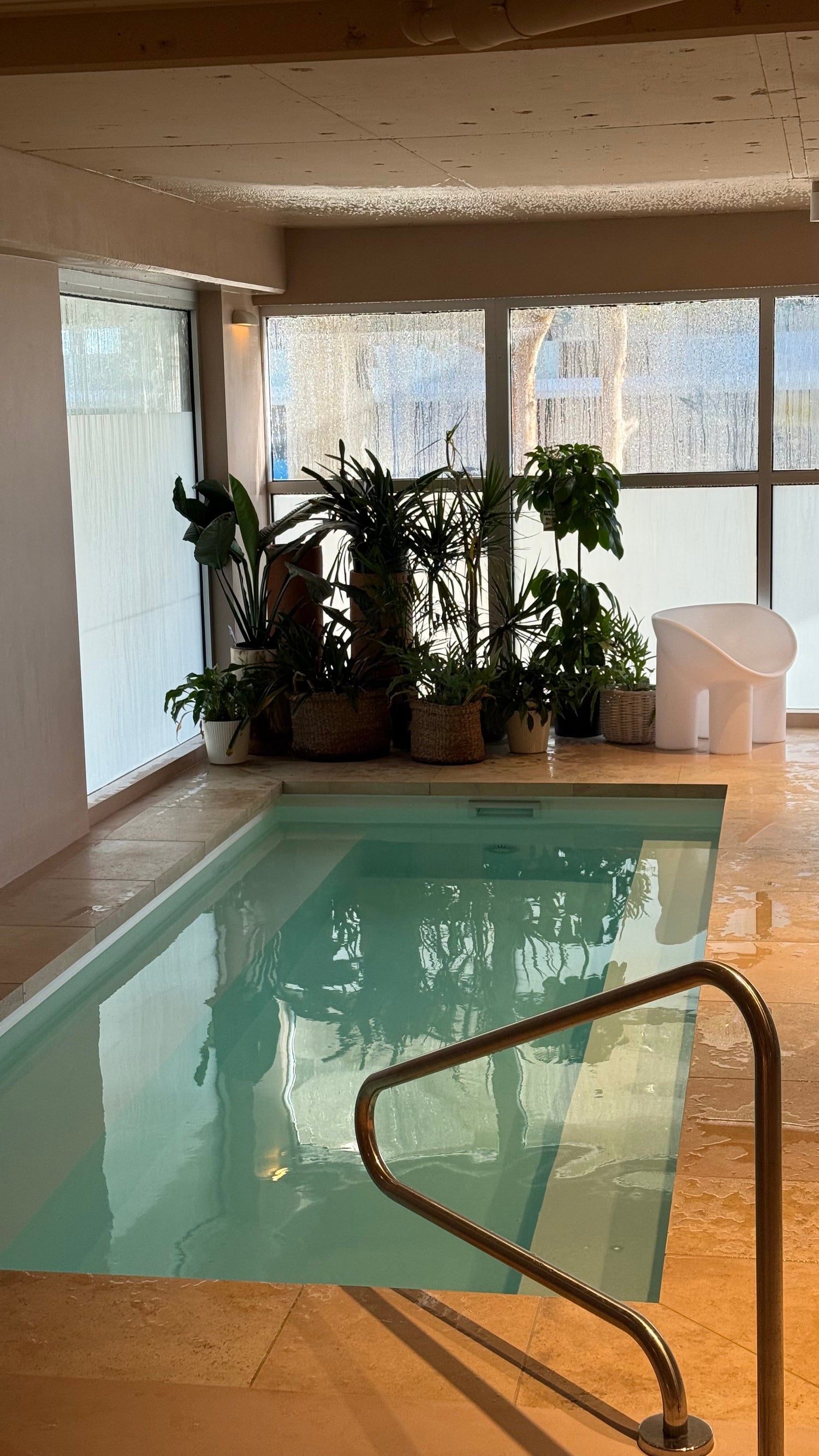Have you ever noticed that your hair and skin feel different after showering in a new shower?
No we don’t mean a brand new shower, we mean a shower that isn’t your everyday shower. Maybe you took a trip, stayed at a friend's place or just moved house. The chemical profile of the water coming out of this new shower is going to be different to what you're used to, it may be better… or it may be worse.
Let's get into the details as to why the chemicals in your shower water change depending on where you are..
Firstly, the quality of water in Australia varies not just from state to state, but even from suburb to suburb, and in some cases, from one building to another.
Why Water Isn’t the Same Everywhere
In Australia, we tend to think of water as a widely available substance that’s clear, clean, and safe. But in reality, what comes out of your showerhead is shaped by a unique combination of environmental, infrastructural, and municipal factors.
Here’s why your shower water is different from Jan’s down the road:
1. Where Your Water Comes From
Straight from the source… Some areas receive water from underground aquifers, others from rivers or dams. Each source contains a unique mineral makeup.
Rainfall levels.. Drought or heavy rains can affect water quality, clarity, and treatment levels.
2. How It’s Treated (nicely we hope)
Disinfection methods.. Water authorities use chlorine or chloramines to kill bacteria however the type and concentration vary between councils.
Fluoride and other additives… Some regions add fluoride or other chemicals to meet health guidelines, which can alter the feel and performance of your water.
3. Age and Condition of Infrastructure
Old pipes.. Ageing plumbing systems, especially in heritage homes or older apartment buildings can leach heavy metals like copper or lead into the water.
Sediment buildup… Older systems are more likely to carry rust, sediment or biofilm, which can irritate skin or dull hair.
4. Your Building’s Internal Pipes
Hot water systems.. The age and type of your water heater can affect the mineral concentration and temperature stability of your shower water.
So let’s bring this back around to what this means for your skin and hair
- Because your water’s chemistry is unique, it directly influences how your hair and skin respond to it. Even subtle differences can have a big effect over time:
- Hard water (high in calcium and magnesium) can cause dry, flaky skin, scalp buildup, and frizzy or flat hair.
- Chlorinated water strips your skin of natural oils and may trigger irritation or breakouts.
- Metal traces from old pipes can lead to inflammation or a "coated" feel on hair.
If you’ve moved recently, travelled, or even just changed apartments, you may have already noticed:
- Shampoo or body wash that doesn’t lather properly
- Skin that feels tight or itchy after a shower
- Hair that’s limp, dry, or harder to manage
It might not be your products, it might be your water.
How to Learn What’s in Your Water
To get a better understanding of your unique water profile, start here:
Local water quality reports: Check your local water council's website. Look for chlorine/chloramine levels, hardness (mg/L), pH, and metals.
In-home water testing: You can also use home test kits to measure chlorine, pH, and mineral content.
The Easiest Way to Protect Your Skin and Hair
While you can’t always change your water source or building’s pipes, you can control what hits your skin. A premium shower filter is one of the most effective ways to neutralise the impact of harsh water.
Fettle Effect filters are specifically designed for Australian water conditions. How?
- Multi-stage filtration tackles chlorine, metals, and sediments
- Vitamin C neutralisation helps protect your skin’s barrier and microbiome
- Design-led, high-pressure friendly to suit any bathroom
It’s not just about cleaner water, it’s about restoring the health of your skin and hair by working with water, not against it. It's the Fettle Effect



